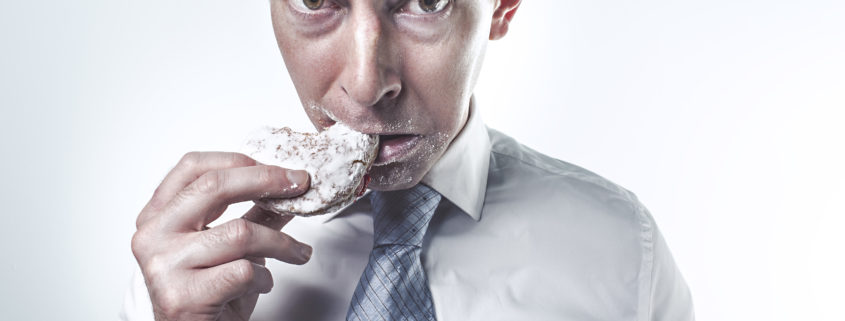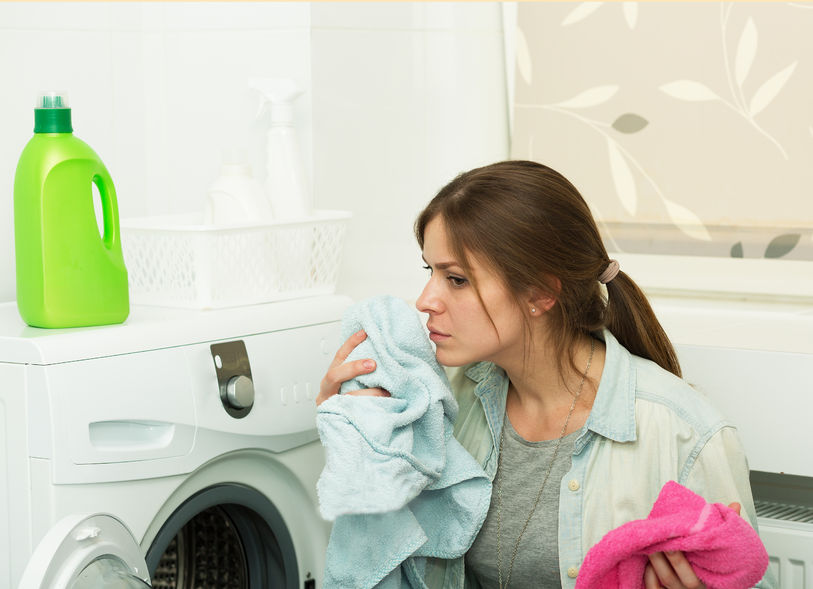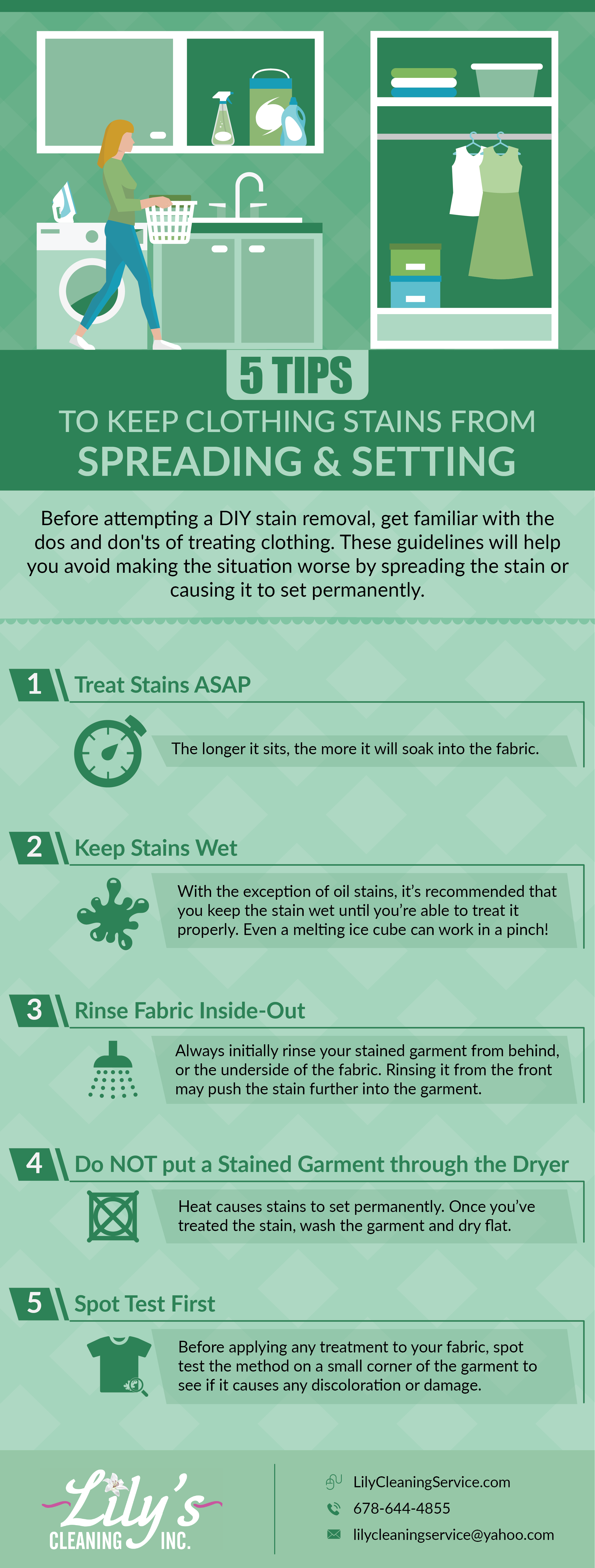Banish Stubborn Clothing Stains with Natural Household Products
A splatter of olive oil here. A drip of ketchup there. Lipstick on your collar. Clothing stains stand out and bring you down. Fortunately, a wide range of stains can be treated effectively without turning to harsh chemicals or taking a trip to the dry cleaner. From club soda to vinegar, chances are you have several stain-fighting ingredients in your pantry right now.
If you’re afraid that your brand new designer jeans or favorite alma mater sweatshirt are ruined for good, give these eco-friendly DIY methods a try.
5 Tips to Keep Stains from Spreading & Setting
Before attempting a DIY stain removal, get familiar with the dos and don’ts of treating clothing. These guidelines will help you avoid making the situation worse by spreading the stain or causing it to set permanently.
- Treat stains ASAP: The longer it sits, the more it will soak into the fabric.
- Keep stains wet: With the exception of oil stains, it’s recommended that you keep the stain wet until you’re able to treat it properly. Even a melting ice cube can work in a pinch!
- Rinse fabric inside-out: Always initially rinse your stained garment from behind, or the underside of the fabric. Rinsing it from the front may push the stain further into the garment.
- Do NOT put a stained garment through the dryer: Heat causes stains to set permanently. Once you’ve treated the stain, wash the garment and dry flat.
- Spot test first: Before applying any treatment to your fabric, spot test the method on a small corner of the garment to see if it causes any discoloration or damage.
Now you’re ready to tackle those stubborn stains. Read on to learn how to get oil, wine, mildew, and more out of your clothes for good using common household products.
Out With Oil Stains
Nothing spoils your dinner party like getting splattered with grease from the frying pan or dripping salad dressing on your slacks. Fortunately, stains from olive and vegetable oil, cooking grease, and more are not as difficult to remove as you may think.
You’ll notice that none of these three methods for oil-based stains uses pure water. Do NOT apply pure water to an oil stain. Oil repels water, and this common mistake causes the oil to set deep into the fabric.
The Chalk Method
- Step 1: Generously rub the spot with a stick of white chalk to absorb the oil.
- Step 2: Wash with cold water and air dry.
The Paste Method
- Step 1: Rub the spot with a thick paste of baking soda and water, or cornstarch and water, and allow to sit for 20 minutes.
- Step 2: Wash with cold water and air dry.
Reverse Red Wine Stains
Sipping wine is a great way to unwind — until you dribble some on your white shirt. Many of the methods for removing red wine from carpet and upholstery work for your clothing too. Try one of these three methods, then launder the item as normal and air dry.
The Club Soda Method
- Step 1: Pour club soda over the stain, flushing repeatedly until the stain disappears.
- Step 2: Wash with cold water and air dry.
The Salt Method
- Step 1: Apply a mixture of salt and water to the stain and allow to sit for 5 to 10 minutes.
- Step 2: Rinse with boiling water, or use cold water if your fabric is delicate.
- Step 3: Wash with cold water and air dry.
Master Mold and Mildew
When mold and mildew works its way into your clothes, the smell can linger even after multiple wash cycles. This DIY method is designed to remove the stain and the odor for good.
The Lemon Juice Method
- Step 1: Moisten and the stained area with lemon juice. (Add hydrogen peroxide for an extra punch!)
- Step 2: Rub salt into the moistened area.
- Step 3: Rinse thoroughly and air dry in a sunny spot.
Defeat Dirt, Mud, and Grass
Sliding into home plate should be a reason to cheer, not worry about streaks of dirt and grass. To safely remove these stains, which often occur together, start by removing as much dirt and mud as you can, then tackle the green marks.
The Rubbing Alcohol Method
- Step 1: Allow mud to dry completely, then scrape the dried dirt off with a dull knife.
- Step 2: Soak the grass stained area with laundry detergent, rub vigorously, and rinse with cold water.
- Step 3: Soak a cotton ball in rubbing alcohol and rub it into the fabric.
- Step 4: Wash in cold water and air dry.
Beverage Stains Be Gone
Red wine is not the only beverage that can leave an ugly stain. Coffee, tea, fruit juice, soda, and beer spills can all mar your clothing. This simple method can handle any of these common beverage stains.
The White Vinegar Method
- Step 1: Create a mixture that is equal parts dishwashing liquid and white vinegar.
- Step 2: Vigorously rub the mixture into the stained area, rinse with warm water, and repeat.
- Step 3: Wash with cold water and air dry.
Makeup Stain Makeovers
Lipstick is lovely—unless it’s on your collar. The same goes for mascara, foundation, and blush. Luckily there are two methods for lifting makeup out of fabric fibers that can used individually or together.
The Ice Cube Method
- Step 1: Scrape away excess makeup with a dull knife.
- Step 2: Rub the ice cube onto the stain in circular motion. Keep rubbing until makeup has broken up and lifted.
- Step 3: Dab with a paper towel to absorb the makeup and water.
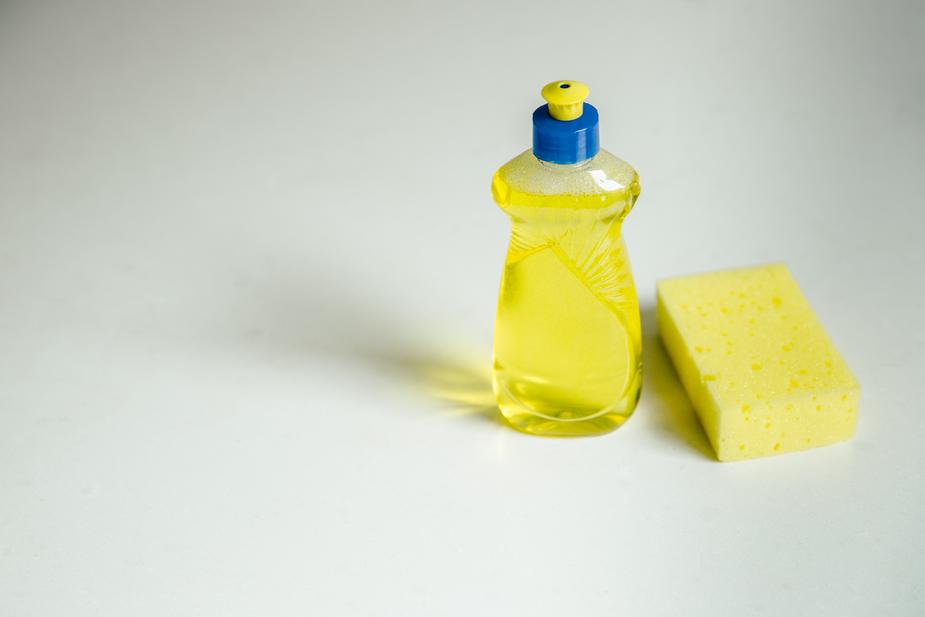
The Dish Soap Method
- Step 1: Blot the stain with a clean tissue, then spritz with cold water.
- Step 2: Rub a drop of dish soap into the stain and allow to set 10-15 minutes.
- Step 3: Pat clean with a dry towel to absorb the makeup and soap.
11 Stain-Fighting Ingredients You Have at Home
If you didn’t find the answer to your stain here, don’t fret! Try another household ingredient from the list or a different stain removal method. These natural products are all safe to use on most fabrics (though it’s still best to spot test first!)
- Ice cubes
- Dish soap
- Baking soda
- Cornstarch
- Salt
- Chalk
- Club soda
- Lemon juice
- Hydrogen peroxide
- Rubbing alcohol
- White vinegar
Eco-Friendly Cleaning isn’t Just for Clothes
Clothes aren’t the only thing best cleaned with natural, eco-friendly products. To clean your entire home using safe, non-toxic methods, contact Lily’s Cleaning Service today. Our professional cleaners will make your home sparkle while helping to reduce harmful indoor pollution, allergens, and bacteria.
